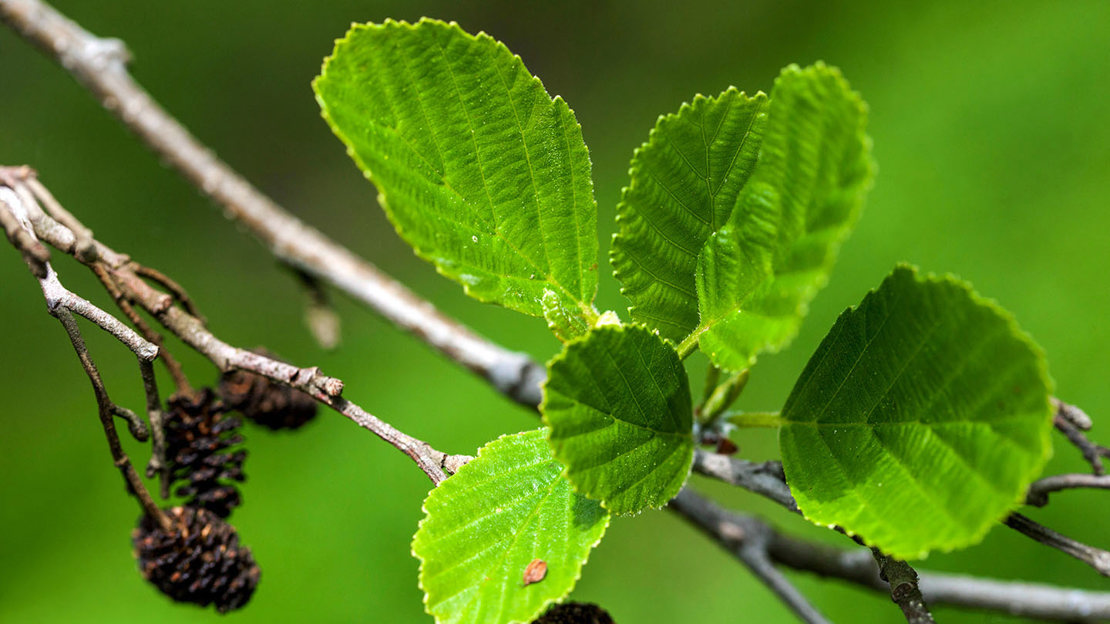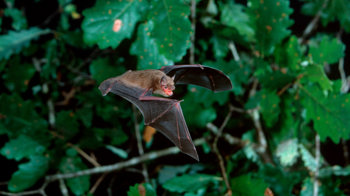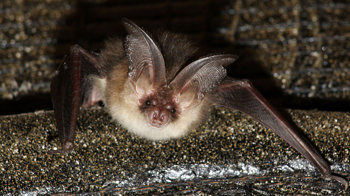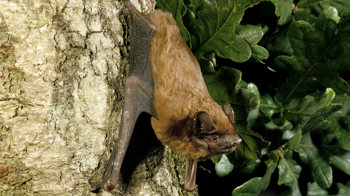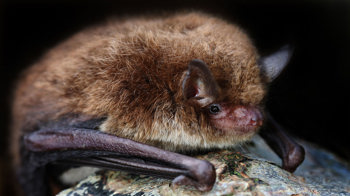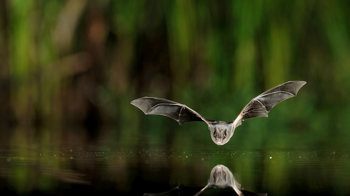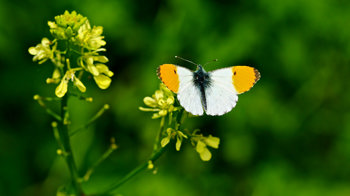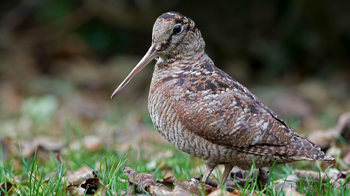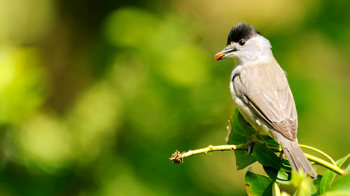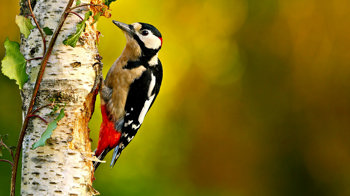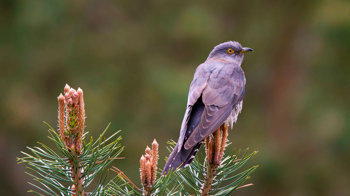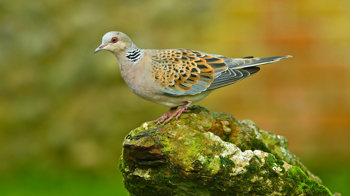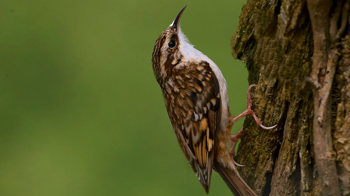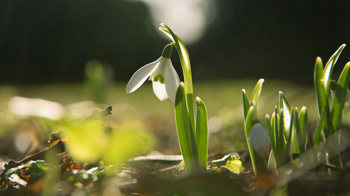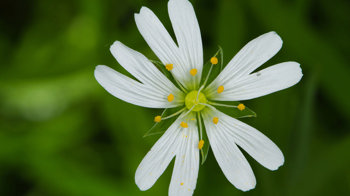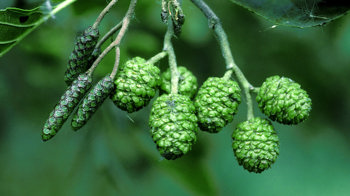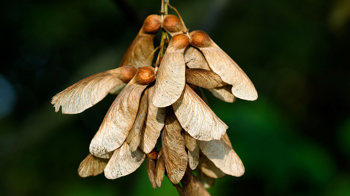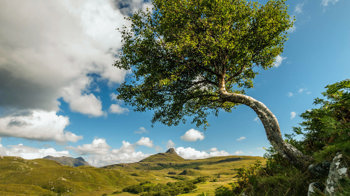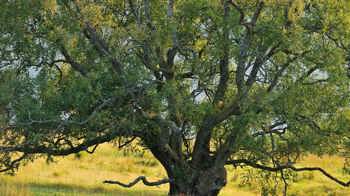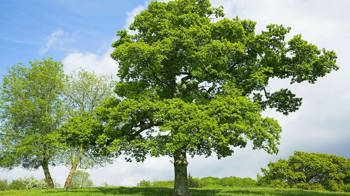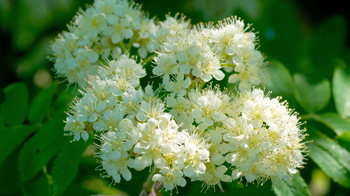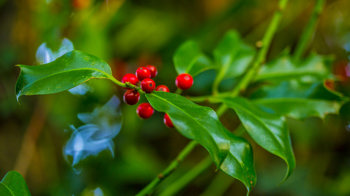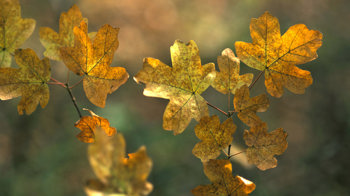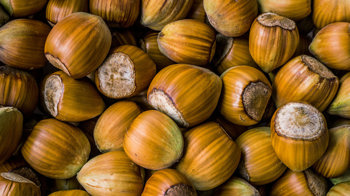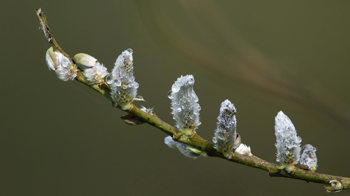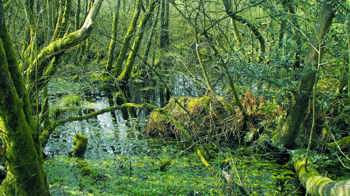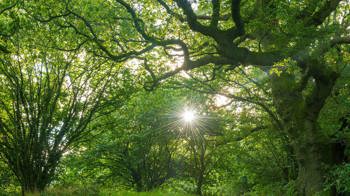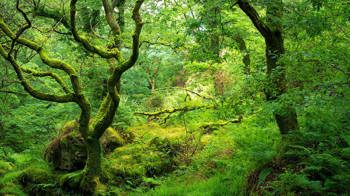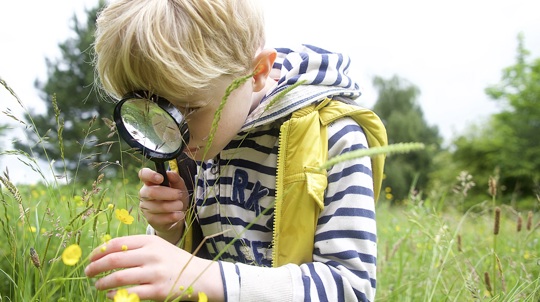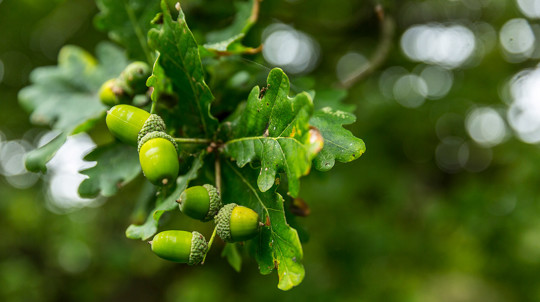About Tattershall Carrs
History
Tattershall Carrs has an illustrious wartime history, and even today is filled with echoes of the past.
RAF Woodhall Spa
During the Second World War the Carrs were part of RAF Woodhall Spa, and evidence of this activity is all around. Concrete bases of Nissen huts are scattered throughout the wood, though many are now hidden outlines. In contrast, the Stanton bomb shelters, sewerage ejector and transformer houses are prominent reminders of the woodland’s wartime role. Larger buildings such as the Sergeants' Mess, NAAFI and office blocks remain on the northern edge of the wood, and form the WWII Thorpe Camp Preservation museum.
The Carrs were often used as a haven for the military; at one stage no less than 1,400 airmen were hidden beneath the woodland canopy. The trees protected the huts from Nazi bombing raids – the runway was hit a few times but those blocks never were.
In 1943 Tattershall Carrs also hosted the famous 617 ‘Dambusters’ squadron, who went on to achieve legend status when their daring operation ‘Chastise’ saw them successfully attack three major dams in Germany. Guy Gibson flew his tragic last mission from Woodhall Spa in 1944, the year Leonard Cheshire won his Victoria Cross.
Blue Bell Inn
No visit to Tattershall would be complete without a pint in the village’s Blue Bell Inn, but be sure to look up. The pilots stuck a penny in the rafters before each raid, which they’d use for a drink on their return. There are scores still up there – a poignant reminder of those who never returned.
Battle of Britain Memorial Flight
During the summer visitors to the woods may be transported back to that time by the sound of the Second World War Merlin aero-engines powering the Lancasters, Spitfires and Hurricanes of the Battle of Britain Memorial Flight from nearby RAF Coningsby as they pass by on their way to a display.






